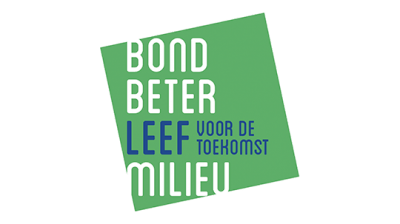Preparing circular demolition digitally
Identifying the circular potential of properties to be demolished
Roeselare's current town hall complex is outdated, not energy-efficient and not maintenance-friendly. The city council wants to replace it with a new building integrating the historical part of the current town hall. This will require the demolition of several buildings, which the city wants to tackle in a circular way.
Through this project, Arcadis aims to identify the circular potential of the buildings to be demolished. We are tackling this through a comprehensive digital inventory of all the materials present and their properties, linked to a BIM model. On this basis, the information flows through to the contractor, who is encouraged to demolish certain reusable elements in a circular way.
The inventory led to reuse of released materials in the wider city patrimony, and even to changes in the design of the new building to integrate some of the released materials. In addition, numerous local associations were given the opportunity to reuse recovered materials.
This successful partnership between a local authority and private entities, each with its own interests and constraints, can also serve as a model for other projects. Many local governments have similar projects that can be realised within similar partnerships and constraining contexts.
Key results |
Key lessons learned |
|
|
What will the future bring?
The cooperation model was a valuable experience for the three project partners. An approach was tested for the city of Roeselare that can later be applied to other city projects. B-Architects and Arcadis discovered the added value of integrating circular demolition into the demolition specifications, and of repurposing released materials.
Digital data collection from a BIM model is also a fascinating and valuable experiment. In the future, we will continue to explore and develop digital tools in function of our projects. Furthermore, we hope to build new partnerships and project teams, drawing on our experience from this project.
ARCADIS Belgium
Partners Stad Roeselare en B-architecten
Topics Recycling & Reuse › Selective demolition › Urban Mining › Data & Tools › LCA & LCC ›















